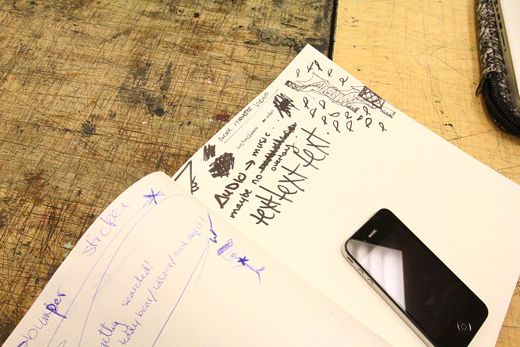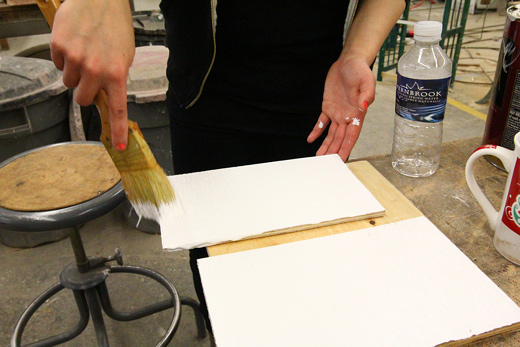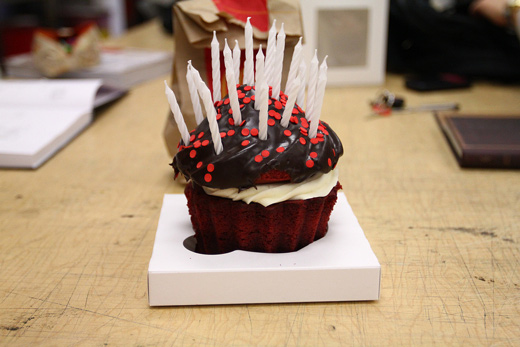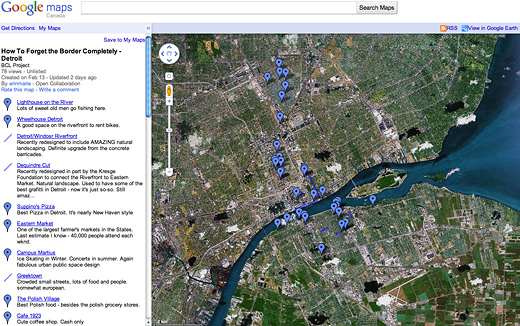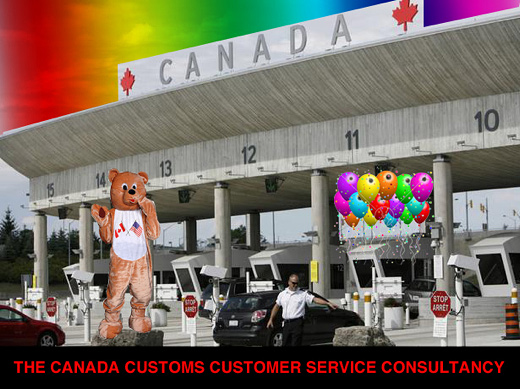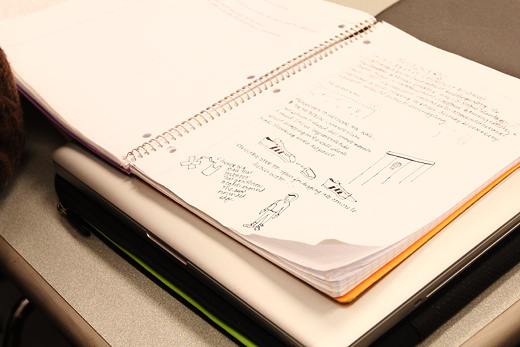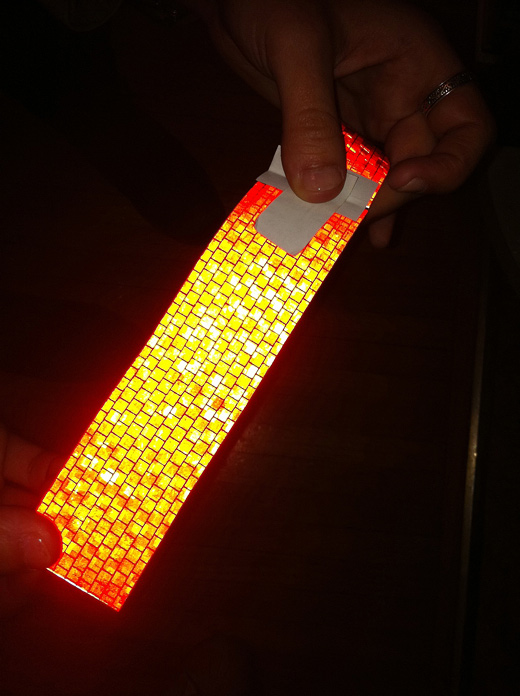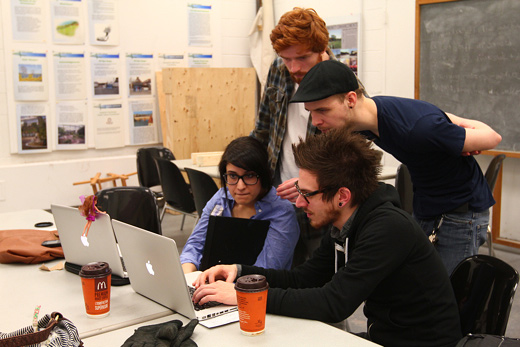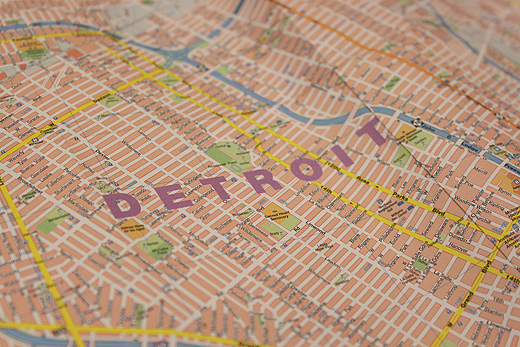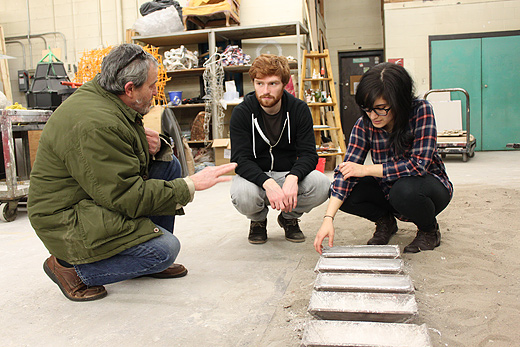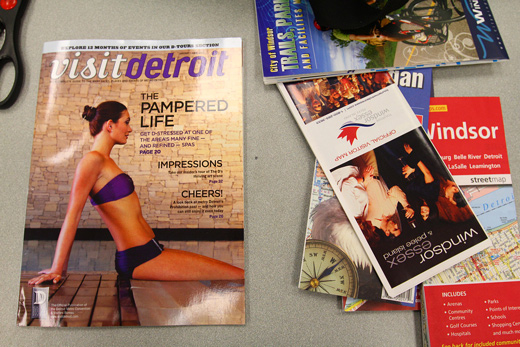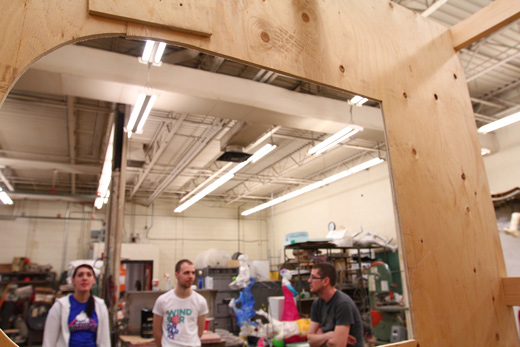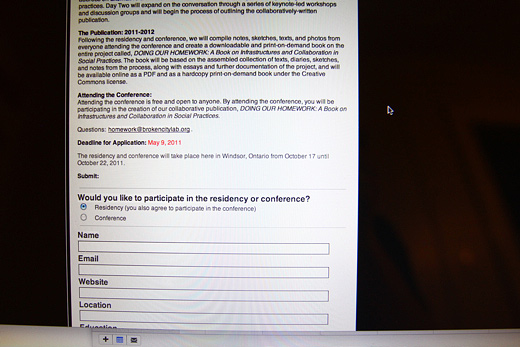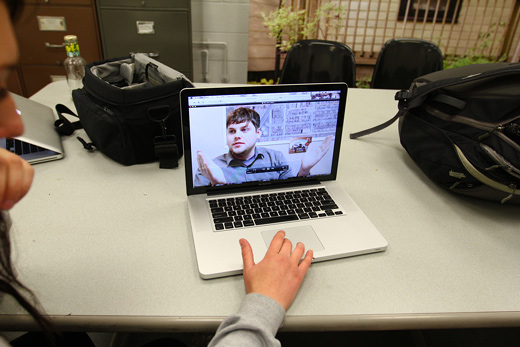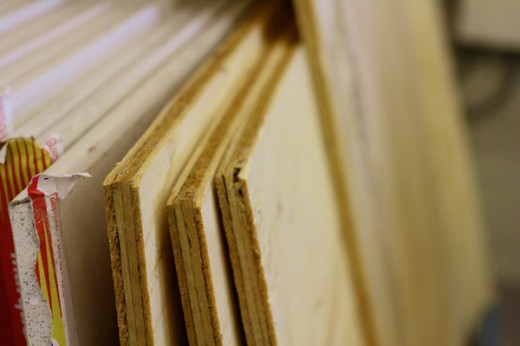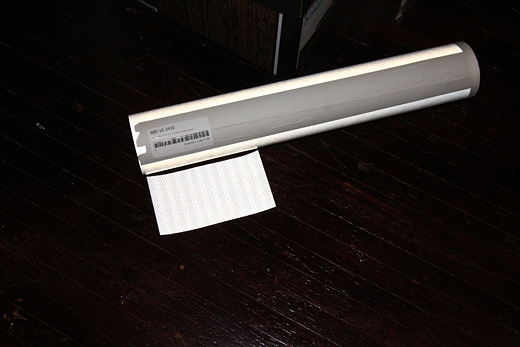
Earlier this week we received a couple of samples of various retroreflective materials for use on our letters for CAFKA.
One material, the one on the roll, is a vinyl (3M Scotchlite Reflective White Vinyl), perhaps most famously used in the Bright Bike project, while the other is an industrial substrate (3M Engineer Grade White Prismatic Sheeting) used on municipal road safety signs.
I’ve been doing a variety of tests with a flash, the one above where it appears that the Scotchlite vinyl is brighter was taken with my DSLR with the body flash, but the lens I have on there blocks the flash in the lower part of the frame. Tests with photos from my iPhone seem to favour the Prismatic Sheeting.
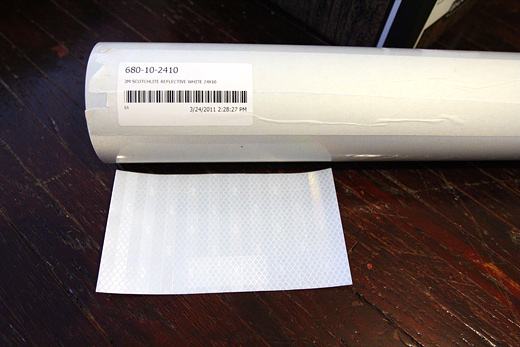
We’re still examining the costs of each and we still need to do some more rigourous tests, but it’s amazingly helpful to be able to see these side by side (thanks Sarah!) The vinyl has an estimated 7-year service life, the prismatic sheeting is about 10-years. Not sure on the cost difference yet.
Thursday is catch-up night, so there should be lots to talk about. I know Hiba and Karlyn were working on a budget and I think a whole bunch of the crew met up on Monday to do some work. We’ll have to plan some really well-thought-out tests for these materials, in the outdoors, etc., to see how they fare in the weather. I put up a spec-sheet for both materials to our Dropbox. Anxious to figure out the best plan forward!
